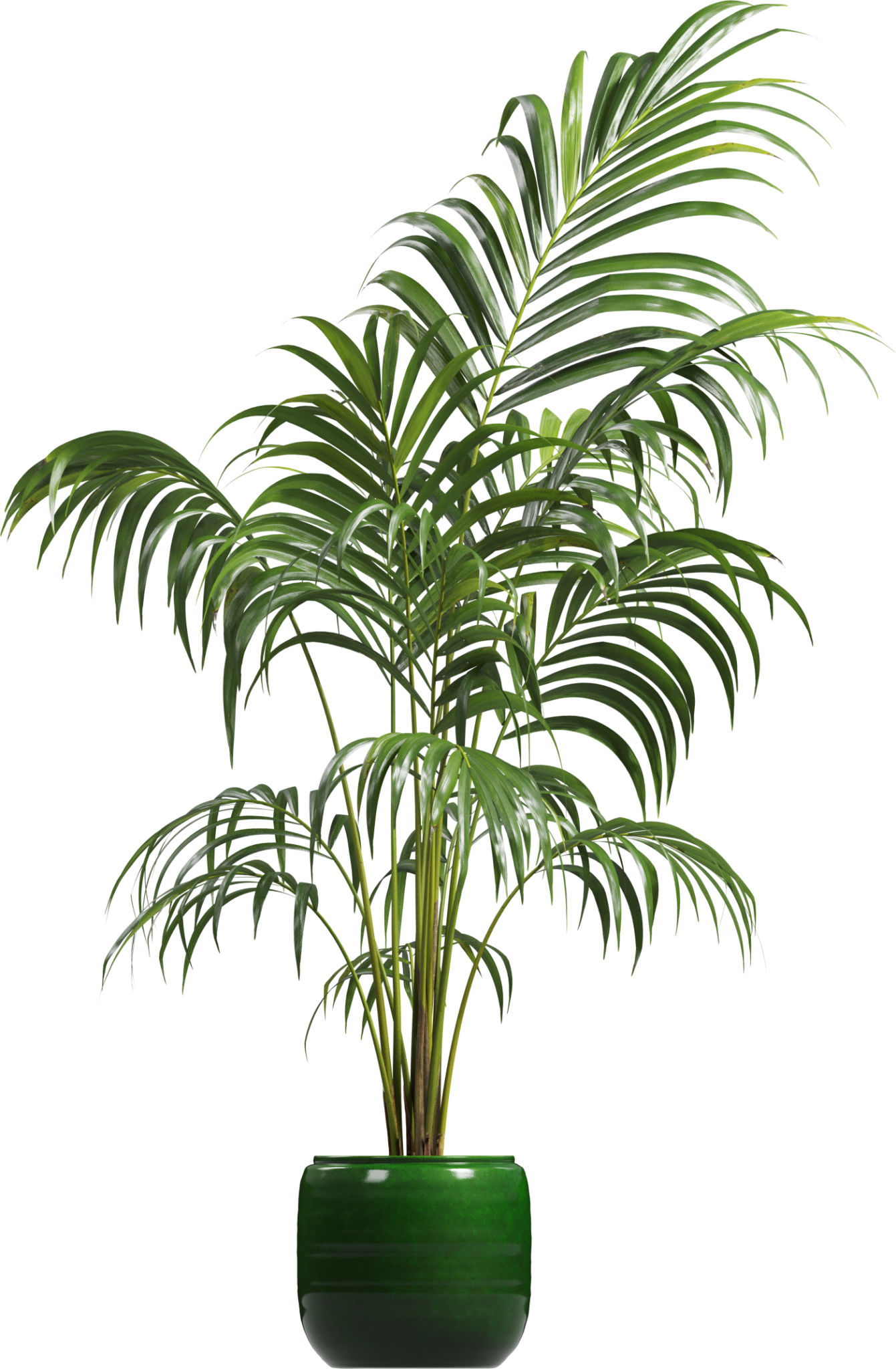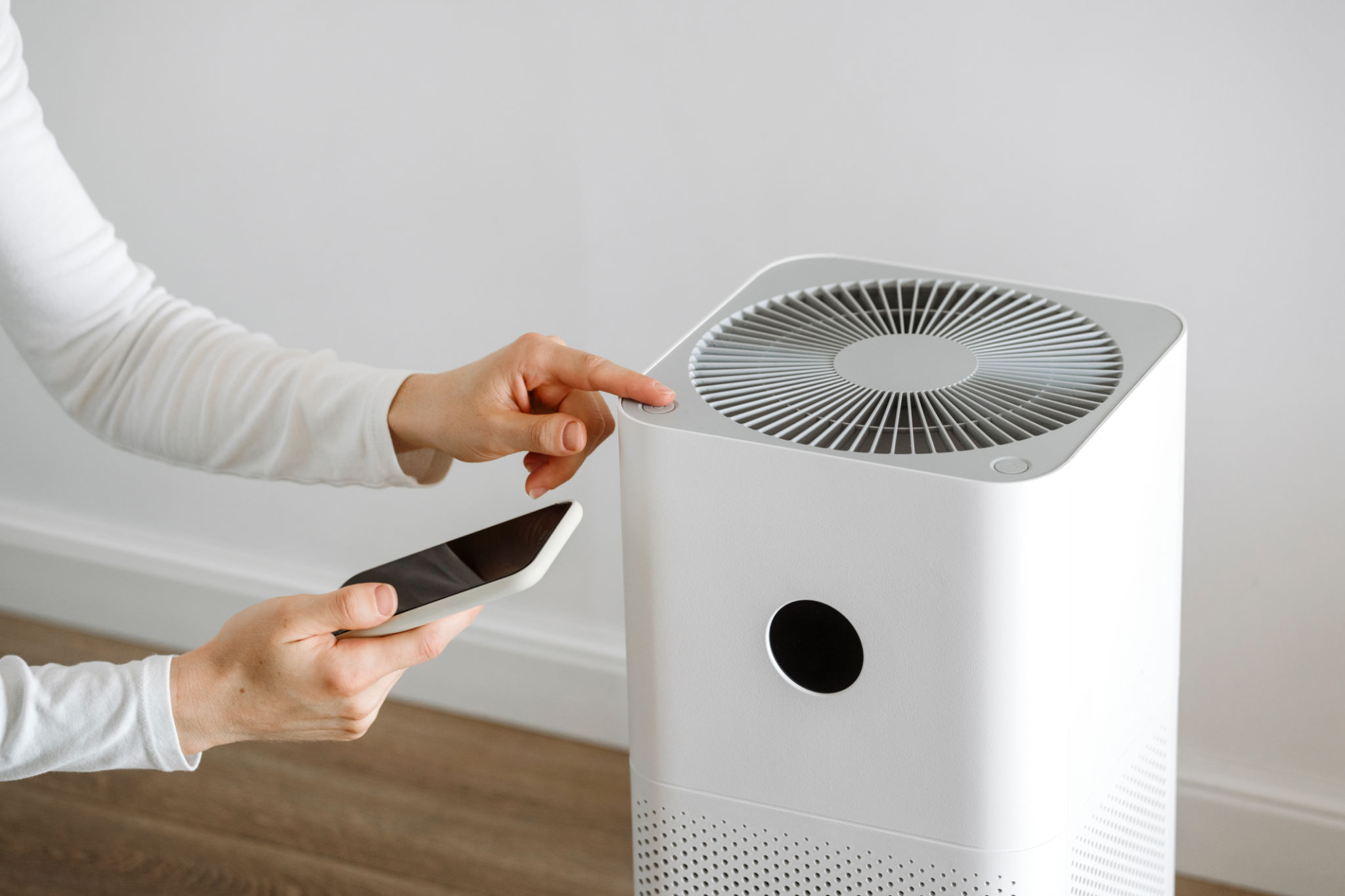Debunking Myths: Do Air Purifying Plants Really Work?
Understanding the Concept of Air Purifying Plants
In recent years, the idea of using plants to purify indoor air has gained significant popularity. The premise is simple: certain plants can absorb toxins, improve air quality, and even boost overall well-being. However, many people wonder if these claims are backed by science or if they are just another green trend. Let's explore the facts and myths surrounding air purifying plants.

The Science Behind Air Purifying Plants
The concept of air purifying plants largely stems from a NASA study conducted in the late 1980s. This research aimed to find ways to clean the air in space stations and identified several plants that could remove toxic agents like formaldehyde, benzene, and trichloroethylene. Despite this promising start, it's crucial to understand the limitations of this study when applied to everyday home environments.
Myths and Misconceptions
One common myth is that just a few plants can significantly improve the air quality of an entire room or house. In reality, for plants to have a noticeable impact, you would need a large number of them—more than most people are willing or able to maintain. Furthermore, factors like plant size, health, and growth conditions also play a role in their efficiency.

Factors Affecting Plant Efficacy
While plants can contribute to cleaner air, their effectiveness is influenced by several factors:
- Number of Plants: As mentioned, a significant number of plants are required for noticeable air purification.
- Type of Plant: Some plants are more effective at removing specific toxins than others.
- Room Size and Ventilation: Larger rooms or those with poor ventilation may require more plants.
Better Alternatives for Air Quality Improvement
While plants can play a role in improving indoor air quality, they are not a complete solution. To achieve better air quality, consider incorporating other methods such as using air purifiers, improving ventilation, and reducing sources of indoor pollution like tobacco smoke and harsh cleaning chemicals.

The Benefits Beyond Air Purification
While the air purifying capabilities of plants may be limited in typical home settings, they offer other benefits that make them worthwhile. Plants are known to enhance mood, reduce stress, and increase productivity. Their presence can create a calming environment that contributes positively to mental health and well-being.
Conclusion: A Balanced Perspective
In conclusion, while plants may not be the ultimate solution for air purification, they certainly contribute to a healthier and more pleasant living space. By understanding their role and incorporating them into a broader strategy for indoor air quality improvement, you can enjoy the aesthetic and psychological benefits they provide.
Ultimately, if you're considering adding greenery to your home for its potential air purifying benefits, remember to also focus on other aspects of indoor air quality management. By doing so, you can create a well-rounded approach that maximizes the health and comfort of your living environment.